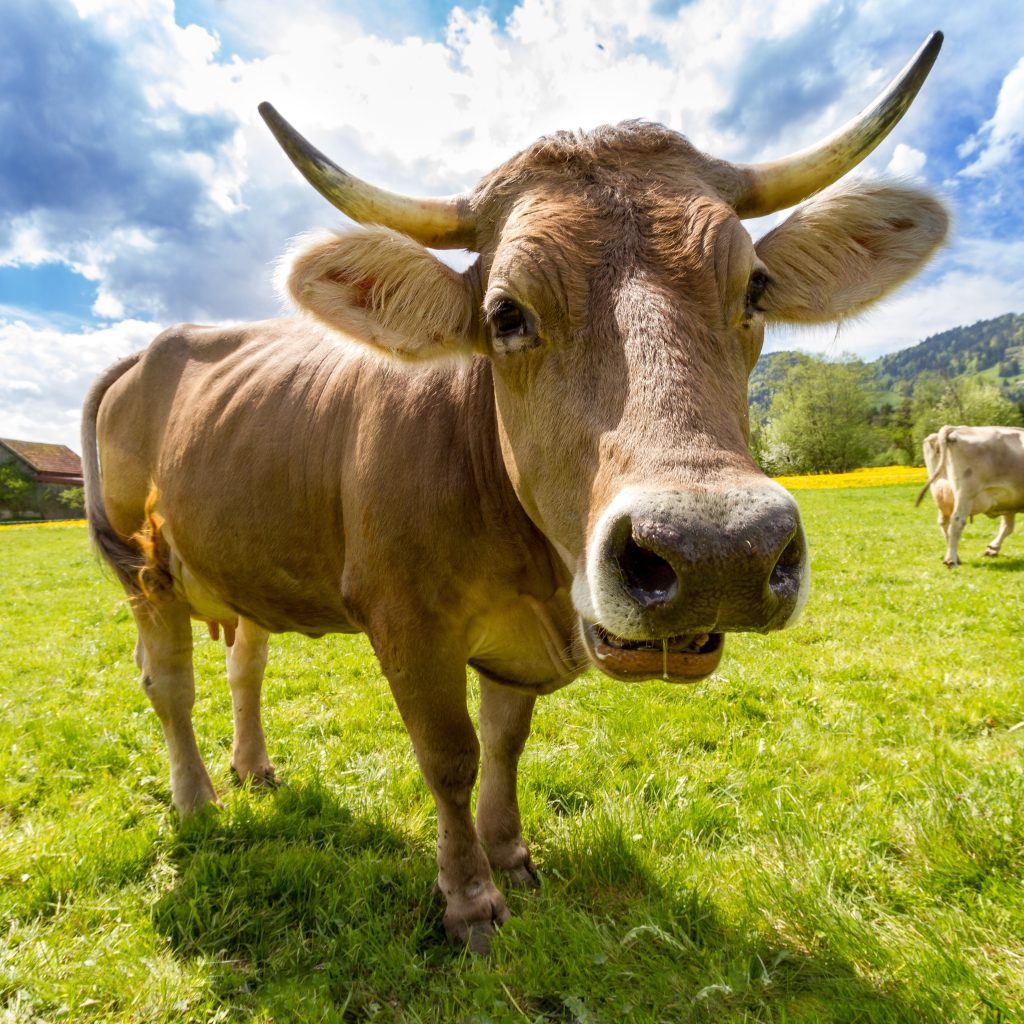I’ve developed a weird obsession lately.
Hoof trimming.
Yep.
I avoided downloading TikTok for years. I didn’t get it. Didn’t want to get it quite frankly. I forget why I gave in – but I did it.
Initially it was a lot of sports highlights, a lot of poker clips, and a lot of dance fads. But then I stumbled across hoof trimming.
For those of you who have never had the pleasure of exploring this particular world, it’s pretty simple. Cows walk on a bunch of bad stuff, they can’t seem to master the care of their own feet, and so there are professional hoof trimmers who make the rounds of farms and take care of cow’s hooves.
Evidently a lot of stuff goes wrong with cow’s feet. They step on spikes or nails or stones. Their hooves grow unevenly, and they end up putting pressure on the wrong parts of their feet.
But more than that, they get little crevices in their soles – white line defects – small gaps between the harder outside of their hooves and the main, somewhat softer part. Bacteria gets in, lesions grow, and before you know it, you have a lame cow.
And here’s where it gets interesting.
It’s almost impossible – certainly for the amateur and often for the professional – to immediately diagnose what the actual problem is. Cow’s feet are caked with mud (and other things) and roughed up from carrying around a (literal) ton of weight. They’re nasty, and dirty, and (from what the TikTok hoof-trimmers say, often smelly in a way that can make you question the existence of a loving God). But you do know there’s a problem for one simple reason – they can’t walk right.
But to figure out the underlying problem? That takes time. And experience. And patience.
The whole thing felt so familiar to me – but it took me a while to figure out why…
And Then it Clicked
It’s what we do – or what we should do – as consultants.
It’s easy to charge in and diagnose a problem. Even while an organization is coated in grass and mud (and other things). We may even be right with that initial hypothesis. But if we’re honest – and if we’re really invested in making sure that the organization can ‘walk again’ – we’ll take our time. We’ll peel away the layers. We’ll be careful not to dig in the wrong place and cut the flesh underneath (on cows it’s called corium! I learned that word watching these videos!).
So here’s what I’ve learned – or been reminded of – by watching these cows being treated:
1. Go slow.
If you dig into a cow’s hoof certain that you know where the problem is and how deep or shallow it is, you’re damn likely to cut into the underlying nerves and cause unnecessary trauma. Hoof-trimmers are meticulous. Carving off a thin layer at a time. Slowly. Watching to see what they learn about what’s underneath. One wrong cut, and you can make the problem worse than it was to start with.
We walk into organizations equipped with the knowledge and experience we’ve picked up along the way. We may, sometimes, actually be able to diagnose the problem at a glance. But we should – we must – always have the patience and the humility to peel away all the loose hoof, layer at a time, millimeter by millimeter – until we know exactly what problem we’re trying to solve.
2. The root of the problem is often not where the obvious signs are.
White line defects in a cow’s hoof can be spotted pretty quickly once you clear all the debris away. But they’re – more often than not – just the start of the problem. Dermatitis underneath all the loose horn. Problems that run up into the heel. Lesions that have caused the cow to start putting pressure on the other hoof in order to alleviate the pain.
It’s pretty easy – especially with experience – to walk into a company and see disfunction. It generally rears it’s head. You can see the cracks in the hoof, you can tell what foot the cow is favoring, and you can hear them howling in pain. But if we only solve the symptom – and leave the underlying cause of the problem to fester, we’ve failed. That doesn’t mean we’ll always be successful – they may buck and kick until we have no choice but to let them loose. But our responsibility is to find – and treat – the underlying infection.
3. Organizations, like lame cows, need help healing.
Hoof trimmers often use a rubber block that they apply to the non-injured hoof. It enables the cow to place most of its weight on the healthy claw while the injured one has time to heal.
I do think that often, we, as consultants, don’t spend enough time and energy thinking about the healing that has to happen in the organizations we deal with. We scrape away the rot. We apply some salicylic acid (think aspirin) to dull the pain and anti-bacterial to cure the infection – and we don’t really think about how the cow/organization is going to function while they’re in the process of healing.
Steering to a Conclusion
I’m not sure I’d recommend that everyone go out and hunt down hoof trimming videos. My wife, for one, finds them impossible to watch. They can be a little hard to view if you’re squeamish…
But at our best, I think it’s exactly what we do – or should strive to do – as consultants: Take our time, make sure we understand the problem, clean away all the debris we can, treat the underlying issue, and wrap the organization in something safe to help them heal. And hopefully we come back to the farm a couple of months later and they’re running around the paddock pain-free and living their best lives.

Editor’s Note: While we love this article, we’re not sure how to elegantly tie it to one of our service offerings like we usually do in this box. So we won’t. 🙂 Just know that we have quite a few crazy talented folks like Sean who know how to really make an impact for their clients. And we’re so happy to have them on Team Further.




